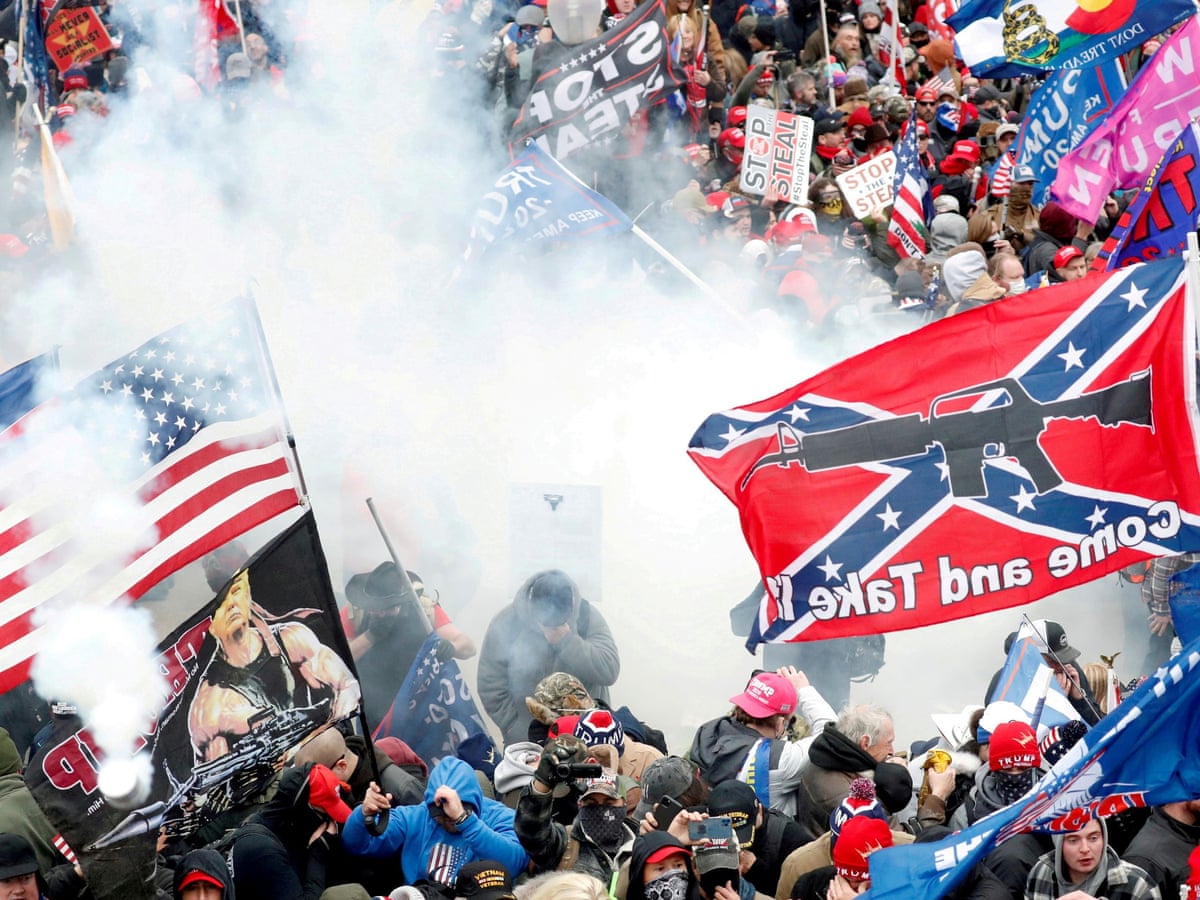by Tony Lentini, American Thinker:

America’s Civil War, which raged from 1861 to 1865, was by far the bloodiest conflict in our history. Original estimates put the death toll at about 620,000, including some 360,000 Union and 260,000 Confederate dead. More recent estimates of the carnage are even higher: 750,000 to 850,000. The Battle of Antietam on Sept. 17, 1862, at Sharpsburg, Maryland, still ranks as the bloodiest day in U.S. history, with nearly 23,000 casualties on both sides, including 3,675 killed in action. How does a country possibly recover from a calamity so huge?
TRUTH LIVES on at https://sgtreport.tv/
But recover we did. Thanks to the wisdom of martyred president Abraham Lincoln and the munificence of soldiers who had fought brother against brother, reconciliation and reunification were achieved, and our country not only survived, but prospered.
It could have been so much worse. Bloody guerrilla warfare might have persisted for decades. But saner heads on both sides prevailed. After all, Lincoln’s goal had been nothing short of preservation the United States of America.
Members of the West Point class of 1961 at their 40th reunion gifted their Alma Mater a monument commemorating that seminal time in our history, when North and South put aside their animosities and united in common purpose. Reconciliation Plaza is a series of stone markers, reminiscent of gravestones, commemorating members of the classes of 1861 and 1961 who lost their lives in wars separated by a century. In addition to these markers, others reflect the ironies of West Point classmates and instructors pitted against one another in mortal combat and record acts of charity and brotherly love by soldiers on opposite sides of the conflict.
One marker tells the story of future Supreme Court justice, then–Union captain Oliver Wendell Holmes, staggering severely wounded into a house on the Antietam battlefield behind Confederate lines. A Rebel asked through a window if wounded Yankees were inside and, when told yes, tossed his full canteen inside to slake their thirst.
Another marker chronicles how at the Battle of Cedar Creek in 1864, mortally wounded Confederate Major General Stephen Dodson Ramseur was carried to Northern lines, where Union West Point classmates and friends, including Major General George Armstrong Custer, gave comfort through the night as he lay dying.
Marker number 8 commemorates West Pointer Robert E. Lee’s surrender to fellow academy graduate Ulysses S. Grant at Appomattox Courthouse, Virginia on April 9, 1865. The Union’s greatest general magnanimously permitted the defeated Confederates “to return to their homes not to be disturbed … as long as they observe their paroles … let all men who claim to own a horse or mule take the animals home with them to work their little farms.”
Read More @ AmericanThinker.com



